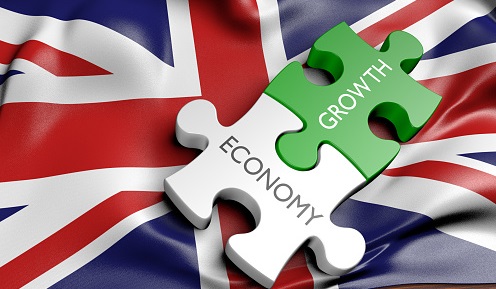This week we see the release of UK GDP figures and the expectations are for month-on-month growth of 0.1% in March which beats the previous monthly figure of 0.0% growth.
Also, the year-on-year rate is expected to fall to 0.4% from 0.6%, placing the spotlight back on the weakness of the UK economy as it attempts to recover post-Covid-19.
The British economy expanded 4.1 percent in 2022, revised up from the preliminary estimate of 4.0 percent and following a record growth of 7.6 percent in 2021.
Still, the UK economy was 0.6 percent smaller than it was before the Covid pandemic. The Bank of England and the UK government now expect the UK could avoid a recession this year.
A soft report could see markets coalesce around the idea of a potential pause by the BoE in the event that the MPC refrains from offering hints of further tightening.
The UK is very much a service economy, and the services sector went down 0.1%, led by falls in education as teacher strikes took place, and public administration and defense.
Also, production output contracted 0.2%, dragged down mainly by a fall in electricity, gas, steam, and air conditioning supply while manufacturing remained flat. On the other hand, output in consumer-facing services grew by 0.4%, pushed higher by retail trade, except for motor vehicles and motorcycles (1.2%).
Analysts at Investec note that the strikes will need to be weighed against “the reports of resilient business activity in the service sector in the PMI survey.”
Overall, Investec pencils in a 0.1% contraction in March which would equate to Q/Q growth of just 0.1% but would mean that the UK avoided a recession this winter.
It is noteworthy that a potential second quarter slowdown has prompted some to call for an eventual recession later in the year. Although looking at the FTSE100 markets do not seem to care right now.




